What is a Cover Letter
A cover letter is a crucial document that accompanies your resume when you apply for a job. It serves as an introduction, providing a concise overview of your skills, experience, and why you are the ideal candidate for the specific position. Unlike a resume, which is a factual summary of your qualifications, a cover letter allows you to express your personality, demonstrate your writing skills, and articulate your interest in the role and the company. It’s your opportunity to make a strong first impression and persuade the hiring manager to read your resume with keen interest. The best cover letter samples showcase these elements effectively, helping you stand out from the competition and increase your chances of getting an interview.
Why is a Cover Letter Important
In today’s competitive job market, a cover letter is more than just a formality; it is a necessity. It allows you to personalize your application and connect your skills and experience directly to the job requirements. A well-written cover letter can differentiate you from other applicants, especially if your resume doesn’t fully capture your achievements or if you have gaps in your employment history. It demonstrates your communication skills and shows your genuine interest in the company. It also provides a space to explain any career transitions or unusual circumstances. The cover letter sample highlights the importance of showcasing your unique value proposition and tailoring your application to each job.
Key Components of a Cover Letter
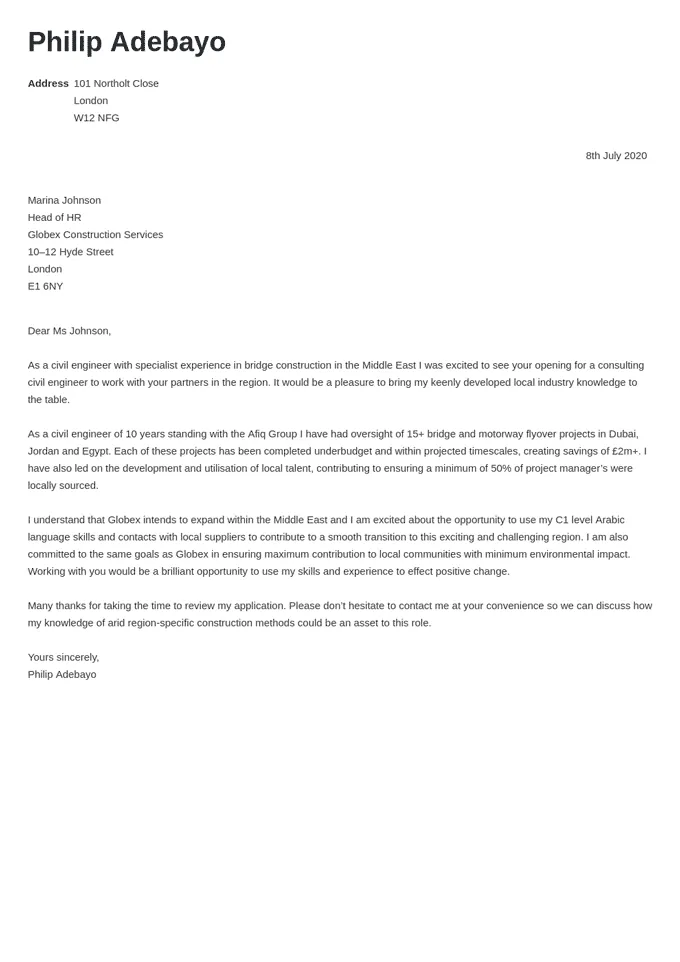
A well-structured cover letter follows a standard format that includes several key components. Each part serves a specific purpose in conveying your qualifications and enthusiasm for the job. By understanding these components, you can create a cover letter that effectively highlights your strengths and captures the attention of the hiring manager.
Contact Information
At the top of your cover letter, include your contact information. This typically includes your full name, phone number, email address, and optionally, your LinkedIn profile URL. Ensure that your contact information is up-to-date and professional. It makes it easy for the hiring manager to reach you.
Date
Below your contact information, include the date you are sending the cover letter. This is a standard element that shows when the application was submitted. It also helps the recipient with record-keeping.
Recipient Information

Always address your cover letter to a specific person, if possible. Research the hiring manager’s name and title. If you cannot find a specific name, address the letter to the hiring team or the relevant department. Avoid generic greetings like “To Whom It May Concern” which can make your application feel less personal. This demonstrates initiative and attention to detail.
Salutation
Use a professional salutation, such as “Dear Mr./Ms./Mx. [Last Name]”. If you don’t know the hiring manager’s name, use a professional greeting like “Dear Hiring Manager” or “Dear [Department Name] Team.” Ensure your salutation matches the tone of the job and company culture.
Body Paragraph 1 Introduction
In the first paragraph, state the position you are applying for and how you learned about the opportunity. Briefly mention why you are interested in the company and the role. This is your hook—capture the reader’s attention by expressing your enthusiasm and highlighting a key skill or accomplishment relevant to the job. A cover letter sample often begins with a compelling statement to set the tone.
Body Paragraph 2 Skills and Experience
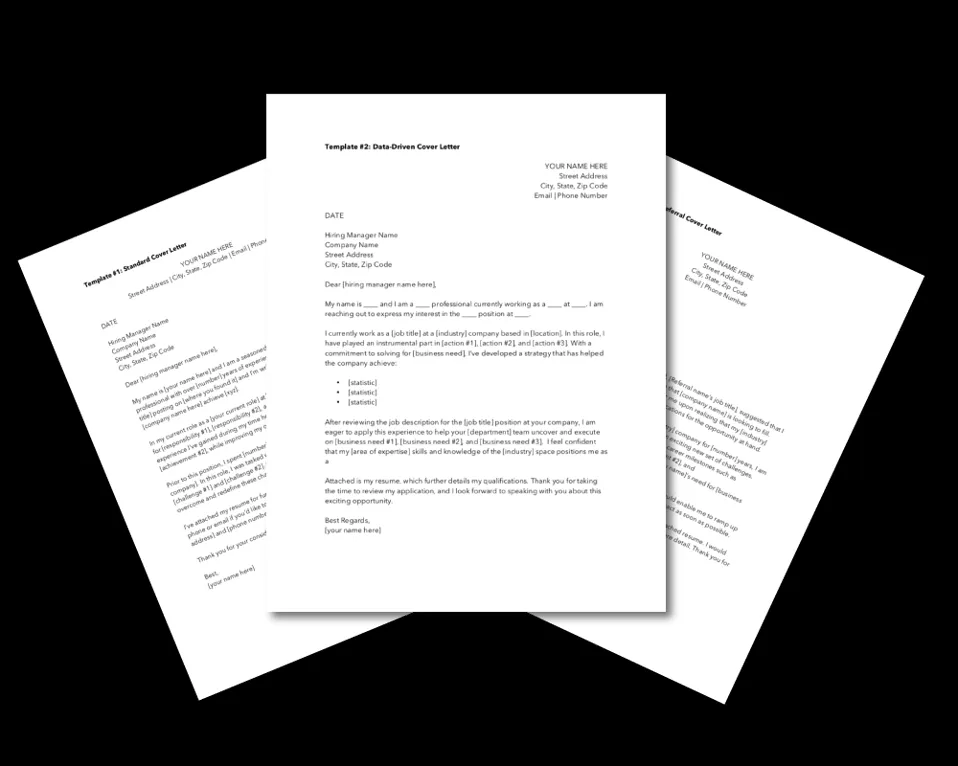
The second paragraph should elaborate on your relevant skills and experiences. Focus on the qualifications outlined in the job description and provide specific examples to demonstrate how your skills align with the job requirements. Quantify your achievements whenever possible (e.g., “Increased sales by 15%”). Use action verbs to showcase your accomplishments and responsibilities. This section proves you have the necessary abilities to succeed in the role.
Body Paragraph 3 Company Alignment
In the third paragraph, explain why you are a good fit for the company’s culture and values. Research the company beforehand and show that you understand its mission, goals, and recent achievements. Explain why you are interested in working for this specific organization. Mentioning specific projects or initiatives the company is involved in can further highlight your interest and understanding of their operations. This section demonstrates that you are a good match beyond just skills.
Closing Paragraph
In your closing paragraph, reiterate your interest in the position and express your enthusiasm for the opportunity to discuss your qualifications further. Thank the hiring manager for their time and consideration. Include a call to action, such as “I look forward to hearing from you soon.”
Complimentary Close
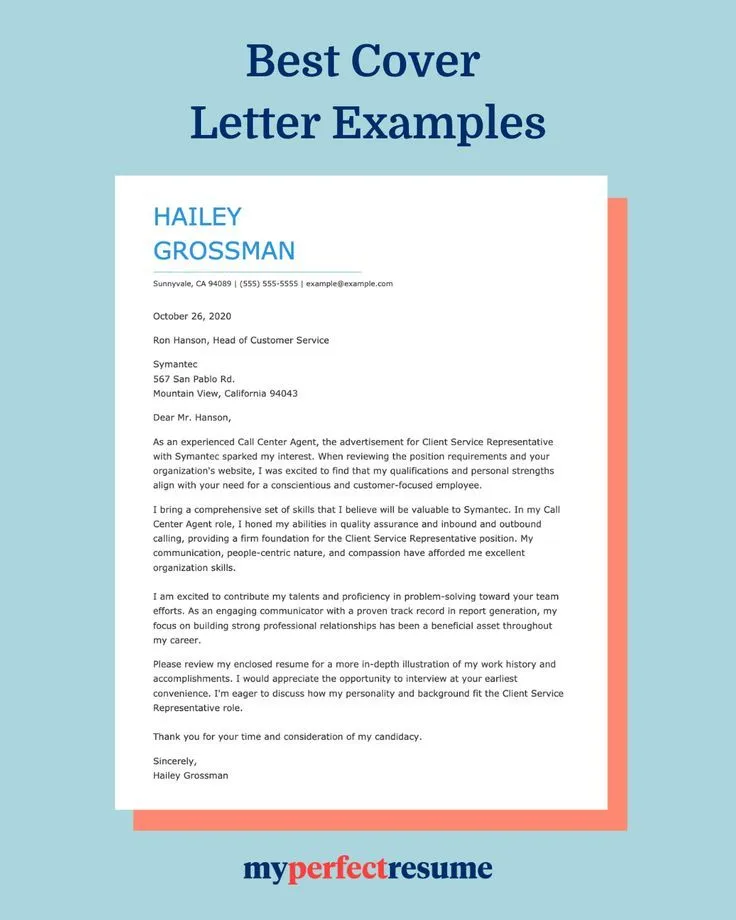
Choose a professional closing, such as “Sincerely,” “Best regards,” or “Thank you.” Ensure the closing matches the tone of your letter and the company culture. This is the polite way to end your letter.
Signature
If you are submitting a digital cover letter, type your full name below the complimentary close. If you are printing the letter, leave space for your handwritten signature above your typed name. Make sure it is easy to read and professional.
Cover Letter Formatting Tips
Proper formatting is essential for making your cover letter easy to read and visually appealing. The way your cover letter looks can be as important as its content. Consider the layout and presentation to ensure it’s professional and accessible.
Font and Style

Use a professional and readable font, such as Times New Roman, Arial, or Calibri. Keep the font size between 10 and 12 points. Ensure consistency throughout the document. Using a clear and consistent font improves readability and professionalism.
Margins and Spacing
Set your margins to 1 inch on all sides to provide sufficient white space. Use single-spacing within paragraphs and double-spacing between paragraphs. This creates a clean and uncluttered appearance, making your letter easier to read.
Length of Cover Letter
Keep your cover letter concise; aim for one page. Hiring managers are busy, so it’s crucial to get your message across quickly. Focus on the most relevant information and avoid unnecessary details. Be direct and to the point.
Proofreading
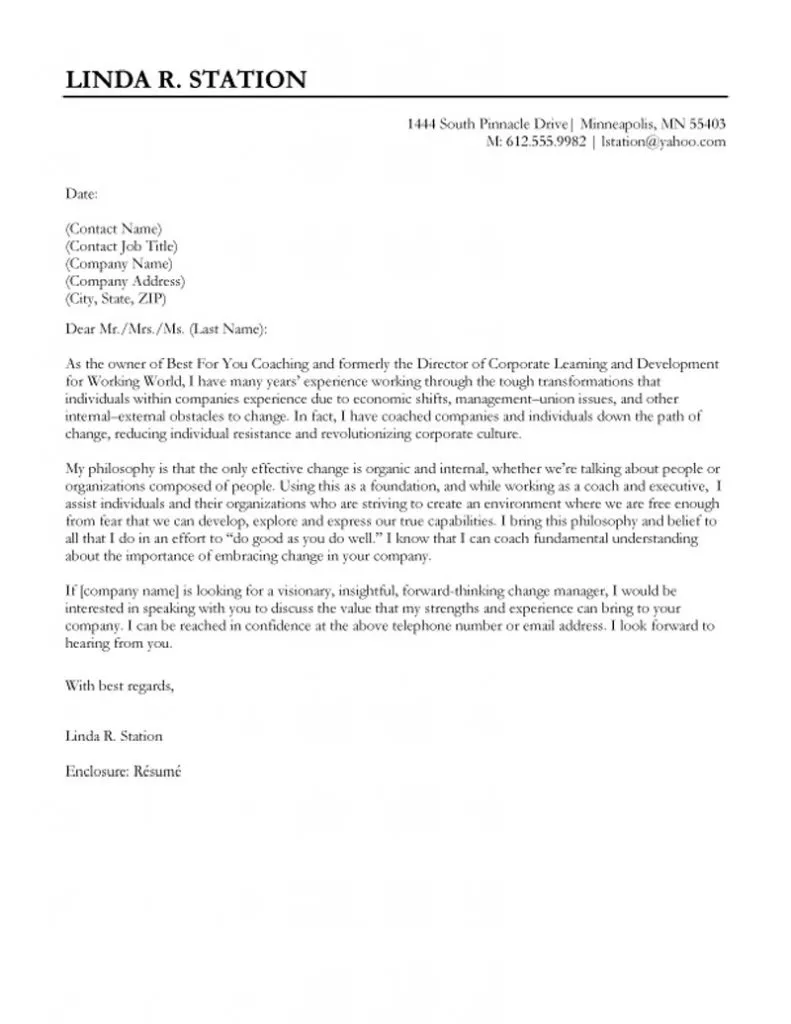
Proofread your cover letter carefully for any typos, grammatical errors, and formatting inconsistencies. Errors can create a negative impression and detract from your qualifications. Have a friend or family member review your letter to catch anything you may have missed.
Cover Letter Examples
Cover letter examples can provide valuable guidance when writing your own. Reviewing different samples tailored to specific job types and industries can help you understand the best practices and adapt them to your needs. Consider the various contexts.
Cover Letter for a Specific Job
When applying for a specific job, tailor your cover letter to the job description. Highlight the skills and experiences that align with the requirements outlined in the job posting. Use keywords from the job description to demonstrate your understanding of the role. Include specific accomplishments and quantify your results whenever possible. Show how your unique background makes you the ideal candidate.
Cover Letter for an Internship
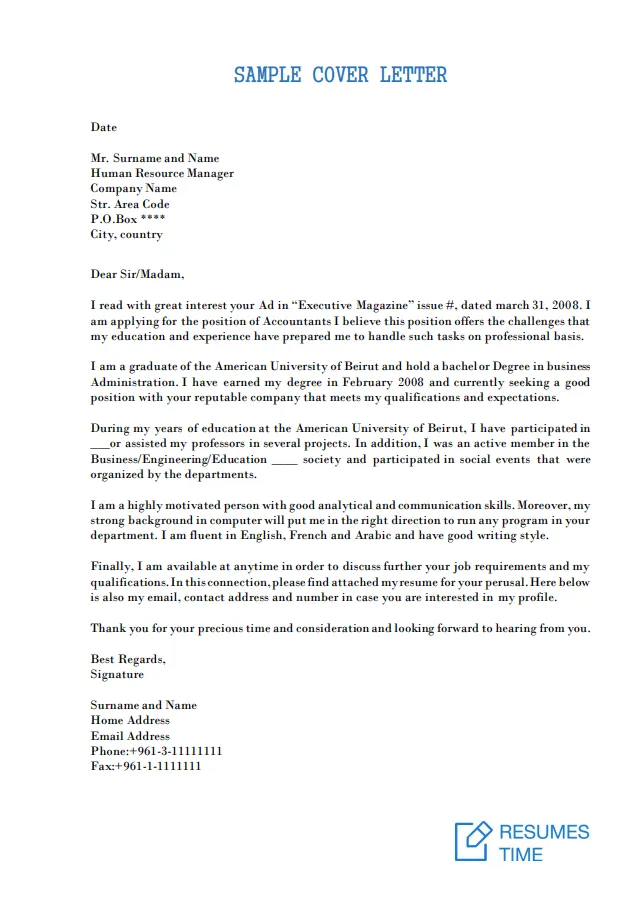
For internship applications, focus on your academic background, relevant coursework, and any related projects or experiences. Express your enthusiasm for the opportunity to learn and gain practical experience. Highlight any skills you have that would benefit the company, even if they are transferable skills. Demonstrate your eagerness to contribute and grow within the organization.
Cover Letter for a Recent Graduate
As a recent graduate, emphasize your academic achievements, relevant coursework, and any internships or volunteer experiences. Highlight transferable skills and any projects or extracurricular activities that demonstrate your skills. Show your adaptability and eagerness to learn and contribute to the company. Tailor your cover letter to the job and the company’s mission. Discuss your career goals and why you believe the position is a good fit.
Common Mistakes to Avoid
Avoiding common mistakes can significantly increase your chances of a successful application. Being aware of these pitfalls can help you create a cover letter that is both effective and professional.
Typos and Grammatical Errors
Typos and grammatical errors can damage your credibility. Always proofread your cover letter carefully. Use spell-check and grammar-check tools, but also read it aloud to catch any errors that those tools might miss. Have someone else review your cover letter.
Generic Content
Avoid using a generic cover letter that you send to every job. Customize each cover letter to the specific job and company. Show that you have taken the time to understand the role and the organization. Demonstrate genuine interest and excitement in the company.
Exaggerating Skills
Do not exaggerate your skills or accomplishments. Be honest and accurate in representing your abilities. False claims can be easily detected during the interview process and can lead to the rejection of your application. Focus on your most relevant achievements and skills.
Failing to Tailor the Letter
Always tailor your cover letter to the job and company. Show that you have researched the organization and understand the role. Address the specific requirements outlined in the job description. Using generic language, or failing to address the job’s specific needs, will diminish your chances of getting the job.
Final Thoughts and Conclusion
Writing a great cover letter requires careful planning, attention to detail, and a good understanding of the job requirements. By following the guidelines outlined above, and using the best cover letter sample for inspiration, you can create a compelling cover letter that effectively showcases your skills, experience, and enthusiasm, and increases your chances of landing an interview. Remember to always proofread your work and tailor your letter to each job application. Good luck with your job search!
